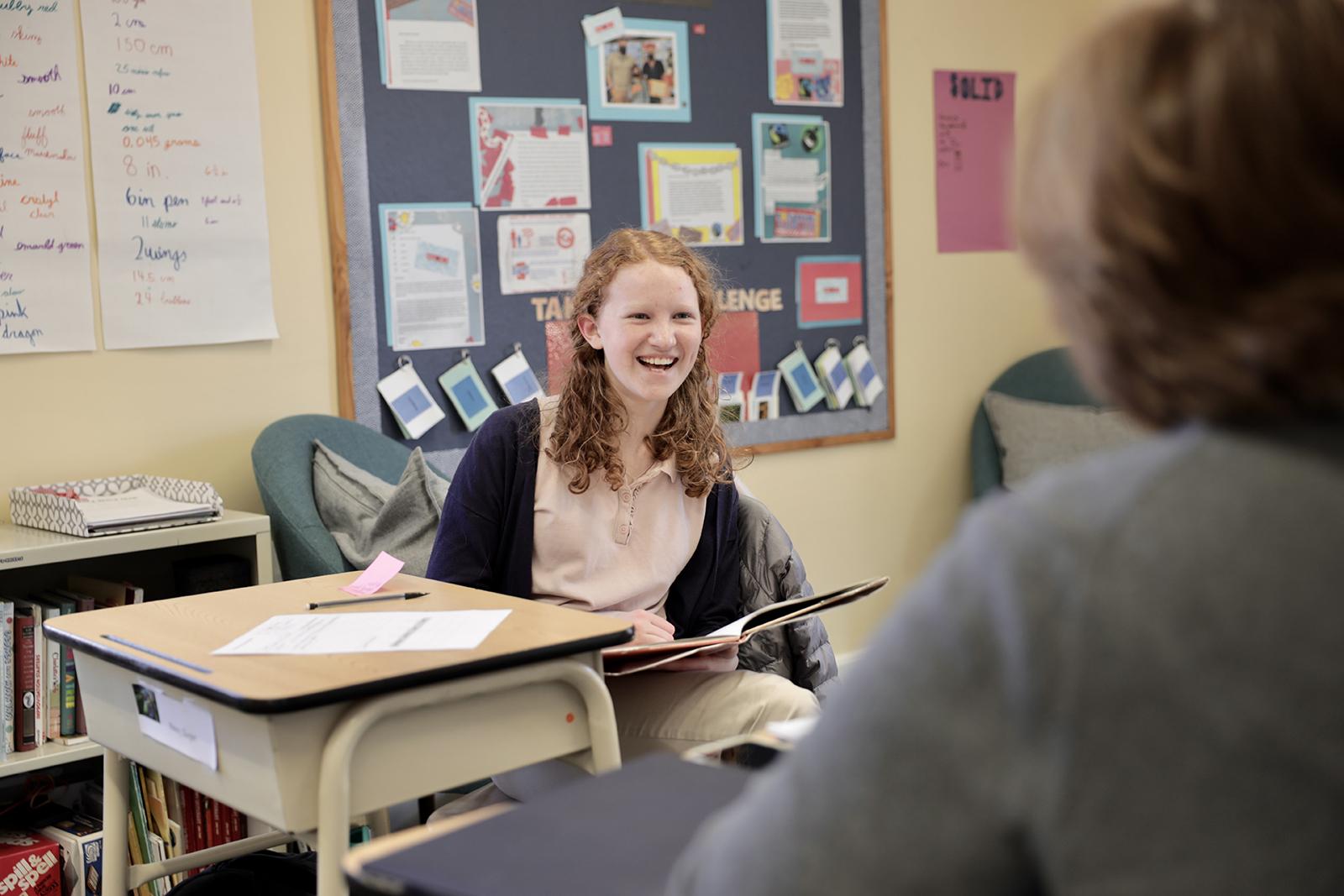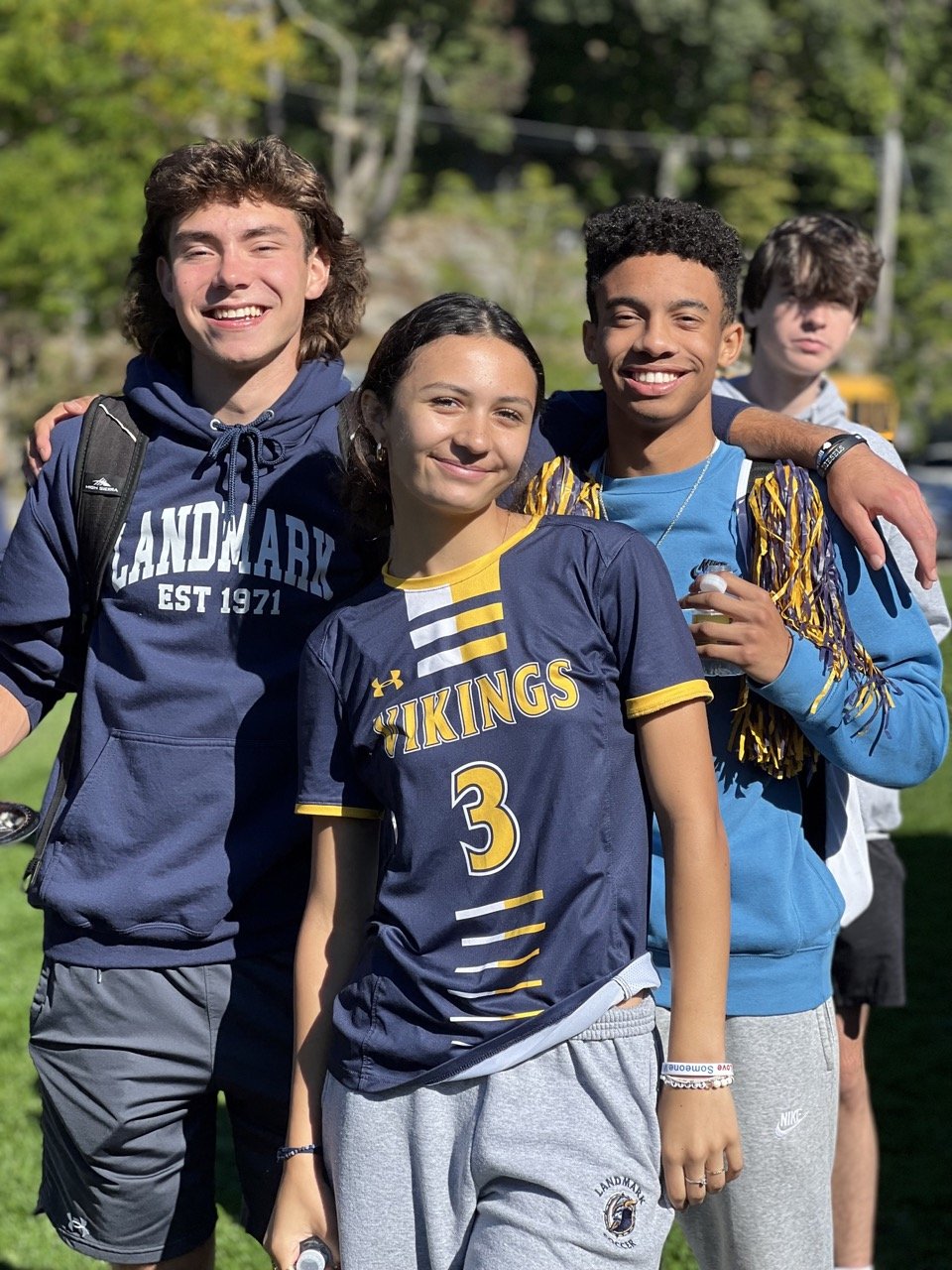- Our School
- Our Advantage
- Admission
- Elementary•Middle School
- High School
- Summer
- Giving
- Parent Resources
- For Educators
- Alumni
« Back
Differences Among Learners, Real and Not
April 25th, 2013
Submitted by Annie Murphy Paul
The idea that students have particular “learning styles”—visual, auditory, kinesthetic, etc. — is a popular and persistent one despite the lack of scientific evidence to support it. (For a great summary of the research, see this blog post by UVA cognitive scientist Daniel Willingham.)
The apparent weakness of learning styles theory does not mean, however, that students don’t differ from one another. They clearly do. But let’s focus on differences that have empirical support. Scott Barry Kaufman points out one such set of differences in one of his recent columns on the Scientific American website—that is, differences in working memory.
As Scott explains, “Working memory involves the ability to maintain and manipulate information in one’s mind while ignoring irrelevant distractions and intruding thoughts. Working memory skills are essential for everyday intellectual functioning.” And learners vary in the capacity of their working memory, a fact that teachers can take into account:
“In an educational setting, helping students overcome working memory burdens can be particularly helpful. Over the past decade John Sweller and colleagues have designed instructional techniques that relieve working memory burdens on students and increase learning and interest. Drawing on both the expertise and working memory literatures, they match the complexity of learning situations to the learner, attempting to reduce unnecessary working memory loads that may interfere with reasoning and learning, and optimize cognitive processes most relevant to learning.
Cognitive Load Theory can be particularly useful for students with working memory deficits who are otherwise extremely intelligent and competent as it allows them to more easily demonstrate their brilliance.” (Read more here.)
For learners with such working memory deficits (and for all of us when we’re learning something new or difficult), reducing cognitive load can lead to big improvements in performance. We can do so by breaking concepts and problems into smaller steps, weeding out extraneous information, presenting information in multiple modalities (e.g., supplementing written text with pictures or aural information), and simply slowing the pace of learning so that we don’t become overwhelmed.
To quote Dan Willingham: “People do learn differently, but I think it is very important to say exactly how they learn differently, and focus our attention on those differences that really matter.” What are some other evidence-based distinctions we can make among learners? Read Annie Murphy Paul's blog and weekly newsletter, The Brilliant Report.

Annie Murphy Paul is a book author, magazine journalist, consultant, and speaker.
Posted in the category Learning.








.jpg?v=1652115432307)









